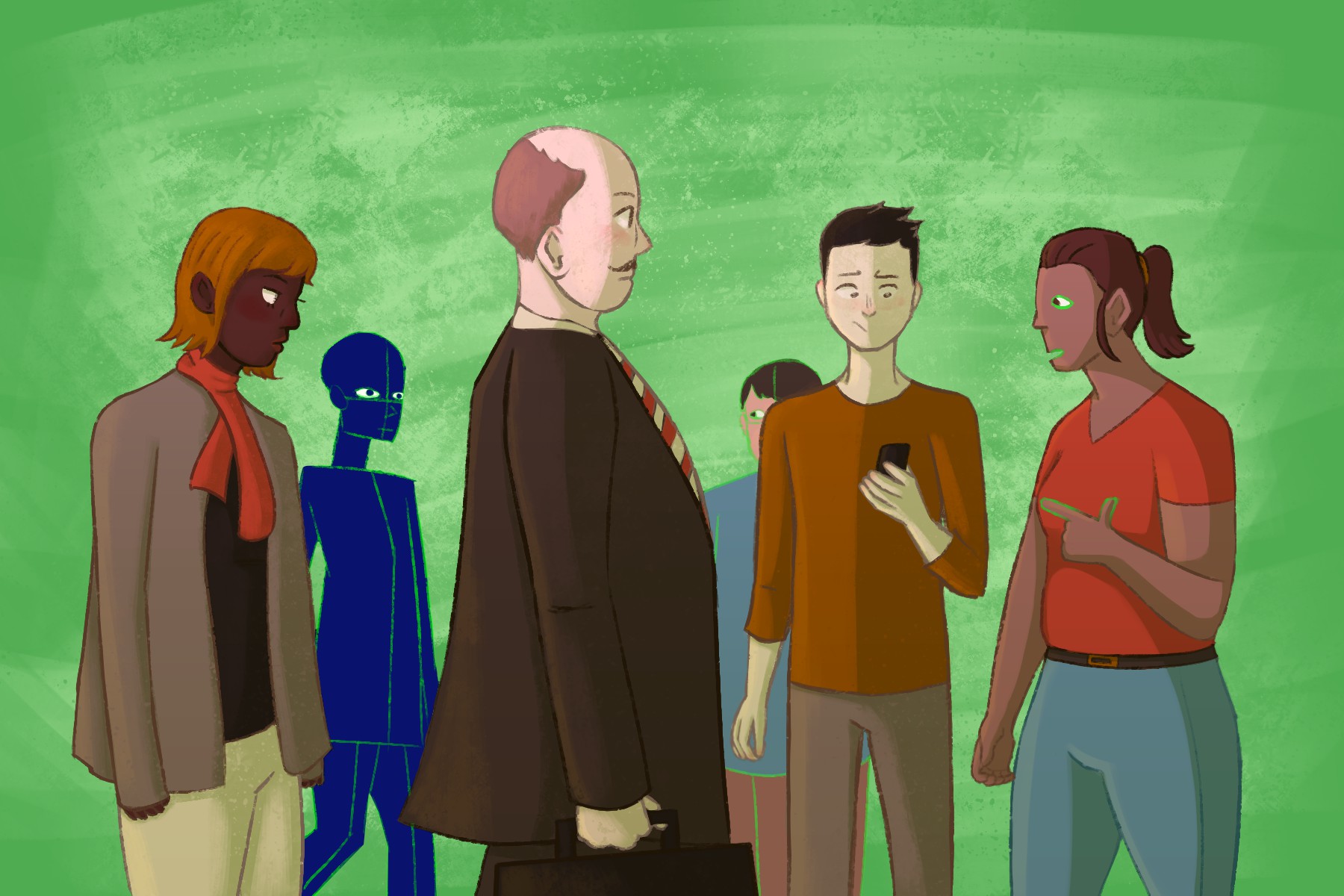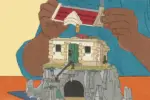The ongoing WGA and SAG-AFTRA strikes have called out many of the current issues faced by workers in the film industry, including the growing presence of artificial intelligence in creative spaces. We’ve all heard the fears over AI in the writers’ rooms and seen stories about actors having their performances analyzed for AI use. The idea of a movie or show being fully AI-generated is still a way off but concerns over technological advancements making parts of the industry obsolete are still valid. One aspect of filmmaking at risk of eradication has been a cornerstone of the industry for decades: background acting.
Background actors, or extras, exist in nearly every film. They don’t often have speaking roles or even named characters, but their presence makes the world of the movie feel real. Seeing a set filled with people, amateurs and professionals alike, all trying to bring a world to life, is what the art of filmmaking is all about. But what happens when extras no longer serve a purpose in the production process?
The idea of replacing extras is nothing new. Studios have experimented in the past with artificial crowds and clusters of people using VFX. A prime example is movies like the “Star Wars” prequels that required large battle scenes. These older methods of crowd generation are expensive and usually still require extras to be present at some point in production. But now, as AI advances in its abilities to generate and animate human faces, we are getting close to a world where it is cheaper to create CGI extras than cast real people. Once studios catch on to this, the job of the background actor will fade into extinction.
This concept is a frightening one for many in the industry, especially actors who know the importance of background acting. While it may be thought of as insignificant or small, with the roles lacking any real screen-time, these parts are often what allow actors to get experience and connections in the industry. It’s through extra positions that big name actors like Brad Pitt and Megan Fox got their starts. For a field as hard to break into as acting, it’s important for people to have entry-level positions available to them. Other-wise, we’d just keep seeing the same faces on screen over and over again, and the path to an acting career would become even more tremulous.
Techniques to generate inexpensive crowds are already being implemented on some projects. The aim is to use video software in a way similar to that of AI programs. DALL-E is one program that analyzes and pulls from thousands of scans of existing artwork. Companies like Disney have begun scanning the likenesses of extras on certain film sets. Theoretically, these likenesses could be used to generate that extra in another project later on, without needing to pay the actor. The actors wouldn’t even need to consent to the use of their scan on later projects. The studio would possess some degree of ownership of their likeness within a film setting and could use it as they see fit, pretty much in perpetuity.
As dystopian as a movie full of fake people sounds, it’s hard to deny that the technique has some upsides. Mainly, it cuts down on the time and safety risks that studios might otherwise encounter working with large groups of background actors. And in a post-COVID world, eliminating the need for large crowds in the creation of art can seem like a sound procedure for ensuring safety. In the event that gathering in large groups isn’t an option or would pose a threat to safety, techniques like this could keep actors from endangering themselves. COVID is actually what inspired the fast growth of a lot of this technology, as it was necessary for projects that couldn’t safely use a large number of extras.
Still, there’s something inherently uncanny about the idea of AI generated crowds. No matter how realistic they look, the knowledge that they aren’t real people can lead to an uncanny valley all on its own. And looking at the issue from a purely artistic perspective, it’s hard to imagine why you would want to cut down on the human element of art when you don’t have to. Making the choice to save money by reducing the number of people just feels wrong, like the soul of the project is missing.
This point is one that has been up for debate since way before the writer strikes started. Arguments over replacing human workers with technological automation have been raging for decades. As technology improves and is further implemented into the workspace, more and more jobs will be rendered unnecessary. But as long as people believe their own jobs are safe, they rarely step up to defend others. As artists, we believed we were safe from the threat of automation due to the human factor we associate with creativity.
Art still requires human input to some degree.But as AI has shown, it may gain the ability to eliminate the need for certain creative jobs, eroding the job security of people in those fields. Inevitably, AI will continue to advance and eventually do amazing and horrifying things we never thought possible. Supporting the strikes and all those whose careers are threatened by automation is important because the issue will affect all of us eventually, in one way or another.
















